Perfecting a hot sauce recipe is challenging! I’d actually say it’s almost impossible since everyone has their own hot sauce preferences and ingredients may vary in taste and heat with each batch. So my advice is to avoid analysis paralysis, turn on the burner, weigh and record all ingredients, make a sauce and then tweak the recipe from there.
I’ve been making hot sauce for about five years now and I am certainly not an expert. I recommend your adding any comments below if you have any good advice for those of you planning your first few batches. What I love about hot sauce is that it’s hard to go wrong, so feel free to take some of my advice or completely ignore it!
So, first things first! Let’s talk about the common elements in most craft hot sauces. Each sauce consists of some heat, sweet, and savory elements. Some sauces drift more into one area, but it's a safe balance to use as a start and go from there.
Adding the Heat to Hot Sauce
Let’s start with heat because without the heat it’s not hot sauce! There are hundreds of different types of chili peppers out there, with many different flavors and levels of heat. The endless number of combinations make experimenting so fun, so if you have any unique peppers, have fun making a sauce that’s never been created before.
In 2017 I started my own hot sauce company Craic Sauce, so I’ll use a couple examples of chili pepper combinations that I use. My first flavor uses two hot peppers. I use habanero peppers, which are around 250,000 Scoville units and bhut jolokia peppers, a variation of ghost pepper measuring around 900,000 Scoville units. Since these are really hot peppers, they pack a significant heat punch in the sauce. As a result of how hot they are, those two peppers equate to 11% of the total solid ingredients I put into the sauce.
I also make a green chili sauce with jalapeño, serrano, poblano, and Anaheim peppers and those pepper equate to 32% of the total solid ingredients. So I use almost three times the amount of peppers in this recipe, but since they are much milder peppers it isn’t as hot as my habanero and ghost pepper sauce.
The heat of the pepper is something you should definitely take into consideration when coming up with your recipe. Take a look at the scovile ranking to see how hot sauce peppers are, and google some of the traits of your pepper. When I light myself up and eat a habanero I get a quick upfront bite and heat, but a very fruity flavor. When I eat a ghost pepper I get slower and deeper burn, with a lot of flavor.
I would suggest taking little nibbles of peppers to understand them more and think about what might go well.
The Sweet in Hot Sauce
Let your creativity run here! There are many fruits, veggies, and different types of foods you can pair with your peppers to really shape out your sauce. I’ve seen so many ingredients contributing to a sweet and flavorful taste in hot sauces such as pineapple, peaches, apple, mango, blueberry, strawberry, kiwi, elderberry, and dates. I could go on, but I’ll let you do some thinking about what you could put into your recipe.
You can also sweeten it up with sugar, agave, honey, maple syrup or other sweeteners. I believe you should use natural sweeteners because they taste better and are more healthily.
The Savory in Hot Sauce
In addition to a nice heat and sweet flavor, it’s nice to have some other savory tasting ingredients to give it a more balanced flavor. In all my sauces I add onions, garlic, and salt. These are three ingredients I love and give my sauces a great base. The amount varies in each of my sauces, but onion usually consists of about 10-20% of my solid ingredients.
Some other spices that I’ve seen people use to give their sauce more of a savory spiced taste include cumin, turmeric, chili powder, and obviously salt. My suggestion here is to add this at the end of your cook and begin with less spice. Adding too much spice can be overwhelming and you can always add more, but it gets complicated fast when you then try to add more sweet and heat ingredients and liquid to even it back out.
Adding liquid to your hot sauce recipe
You’ll certainly need some liquid to add to your sauce, and the opportunity to get creative doesn’t end here.
A good rule of thumb is to have at least 50% of your liquid some sort of vinegar. But not all vinegars are created equal. Popular vinegars are apple cider vinegar, distilled white vinegar, and white wine vinegar.
I would just taste and adjust with this. Some types of vinegar pair better with other types. Many Louisiana and Caribbean style sauces use distilled white vinegar, but it’s up to your preference.
I really like having a few different types of liquid so I’ve also used pineapple juice, apple cider, lemon juice, lime juice, and even tequila in recipes before.
Like I suggested not adding too much spice, I suggest starting with a bit of thicker sauce and then you can always add more liquid to get to the right consistency.
The Most Important Point
If you get one thing from this blog post, it should be this… Measure everything you add in weight or volume. And make sure you’re keeping track of this especially when you’re adding more liquid and spices when you’re heating the sauce up. I also keep my recipes in a spreadsheet that I can refer back to, to see how many bottles yielded from the ingredients and I can take notes and add feedback to the page.
When I started my first few recipes I’d measure in different units such as two chopped onions, ten ounces for peppers, and then one liter of vinegar. I would end up getting so confused and my sauce would be really inconsistent so it was difficult for me tactfully change my recipe the next time. Now I generally measure in ounces for solids and liquids and teaspoon for spices since I do small batches.
Another piece of advice is to give your sauces to friends and get their feedback. Ask how they like the flavor, if they can taste certain ingredients you added, or if it’s too hot or not hot enough. Once you get their feedback and you add more of some ingredients the next step or lessen others.
Again don’t fret about making the perfect first recipe. Everyone starts somewhere, but be creative and have a good time doing it!







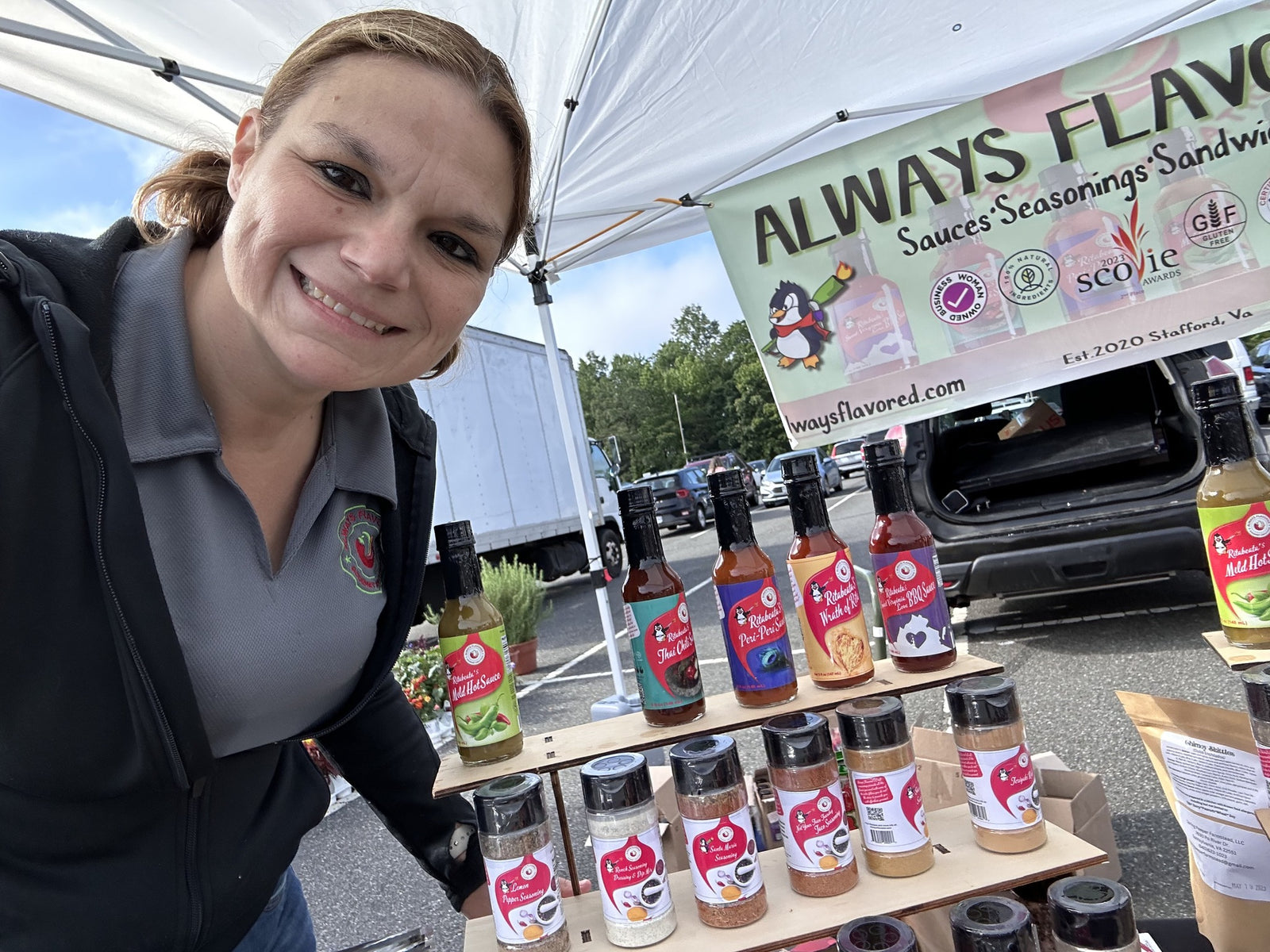

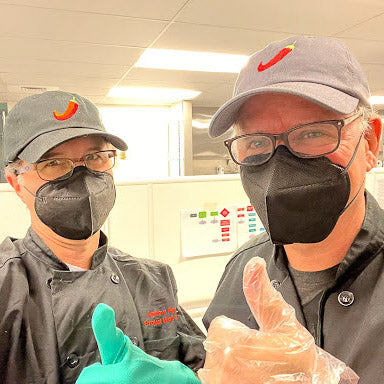
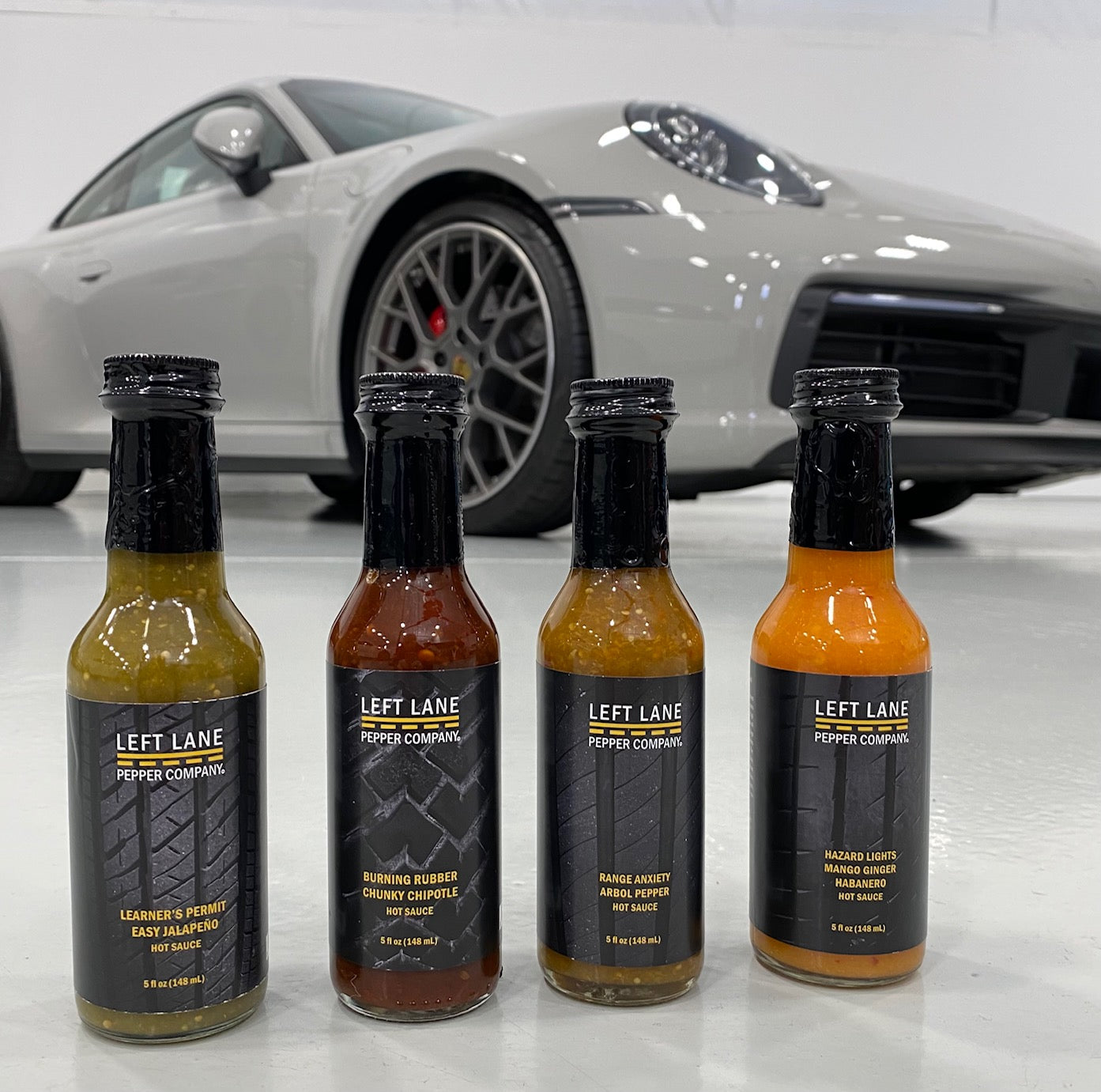
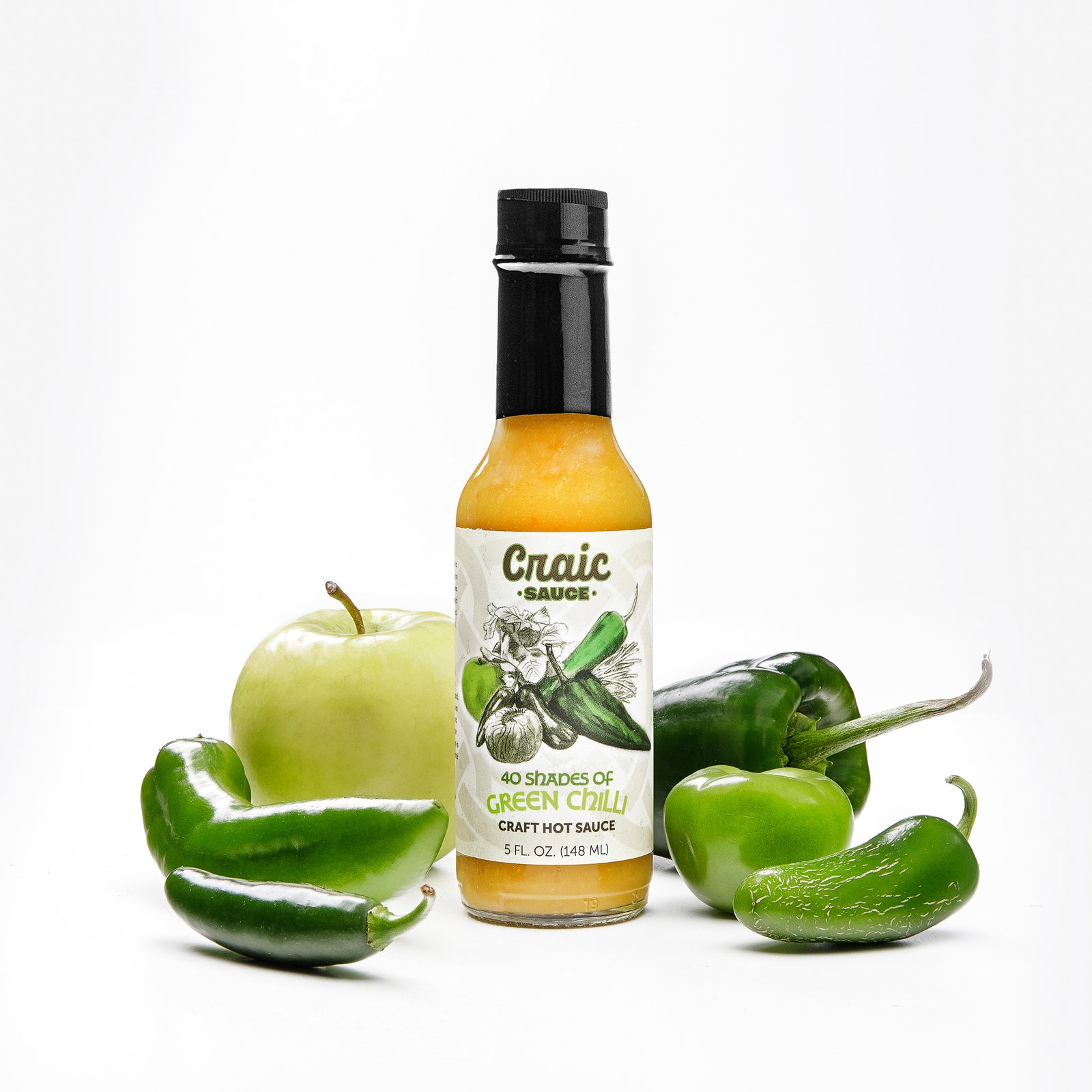
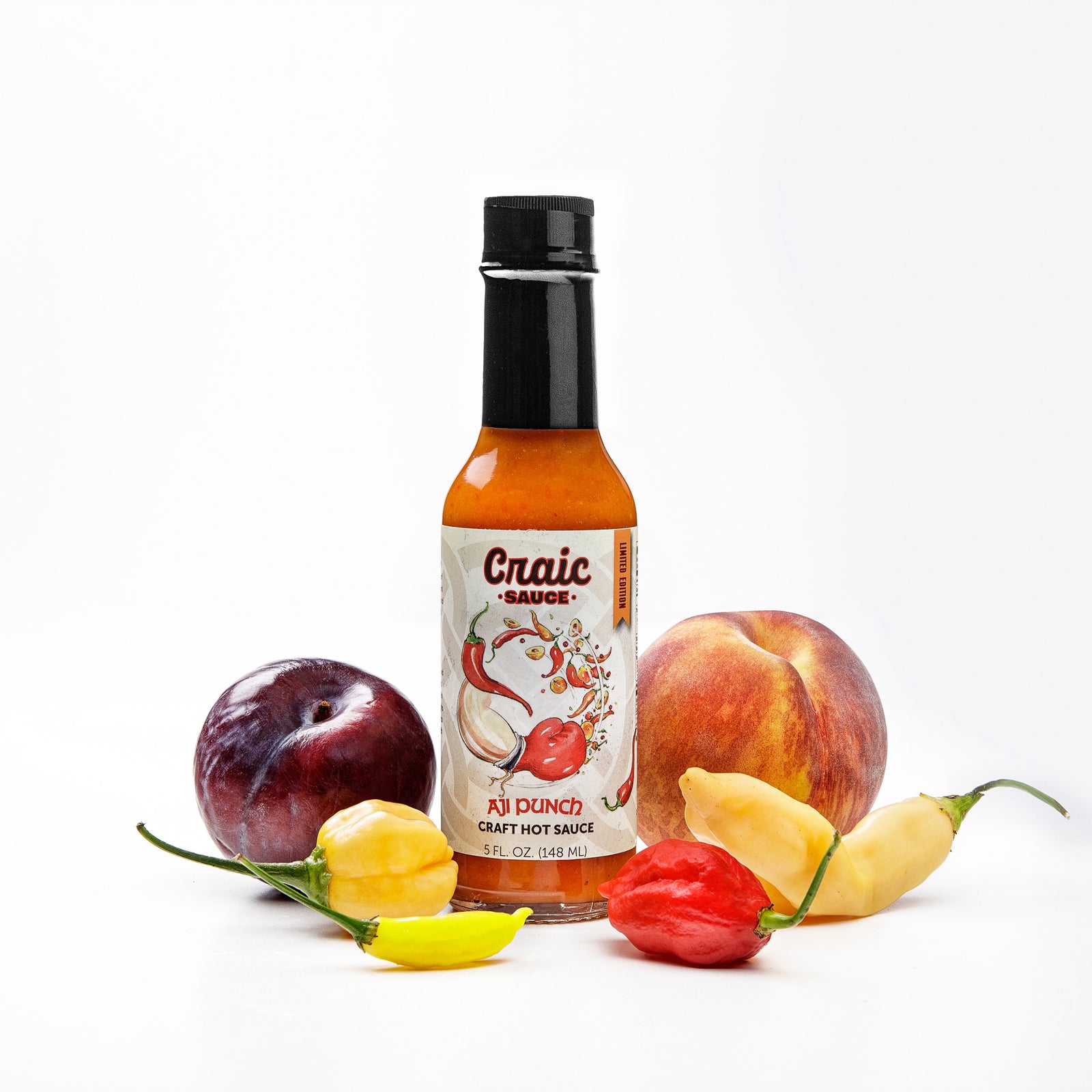
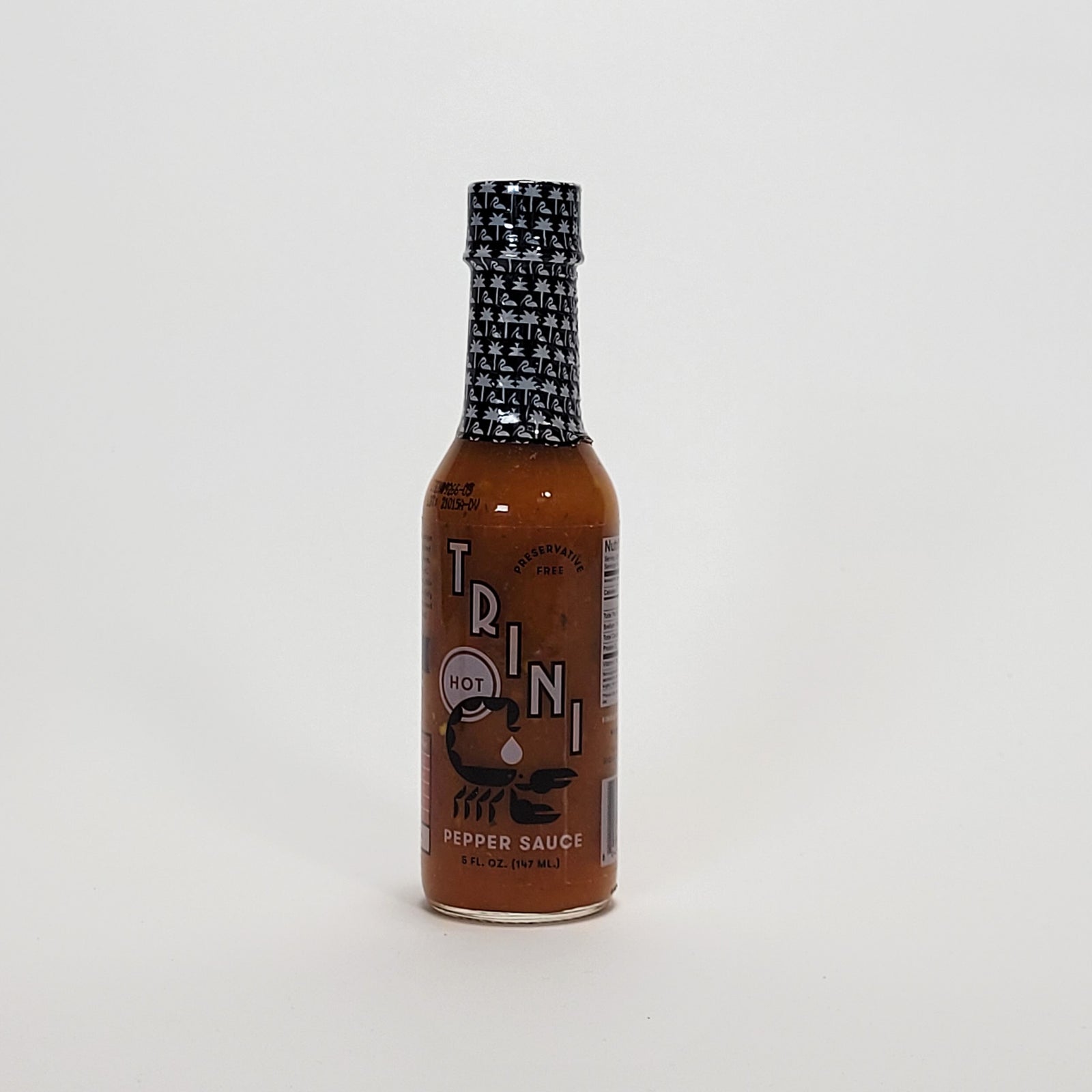
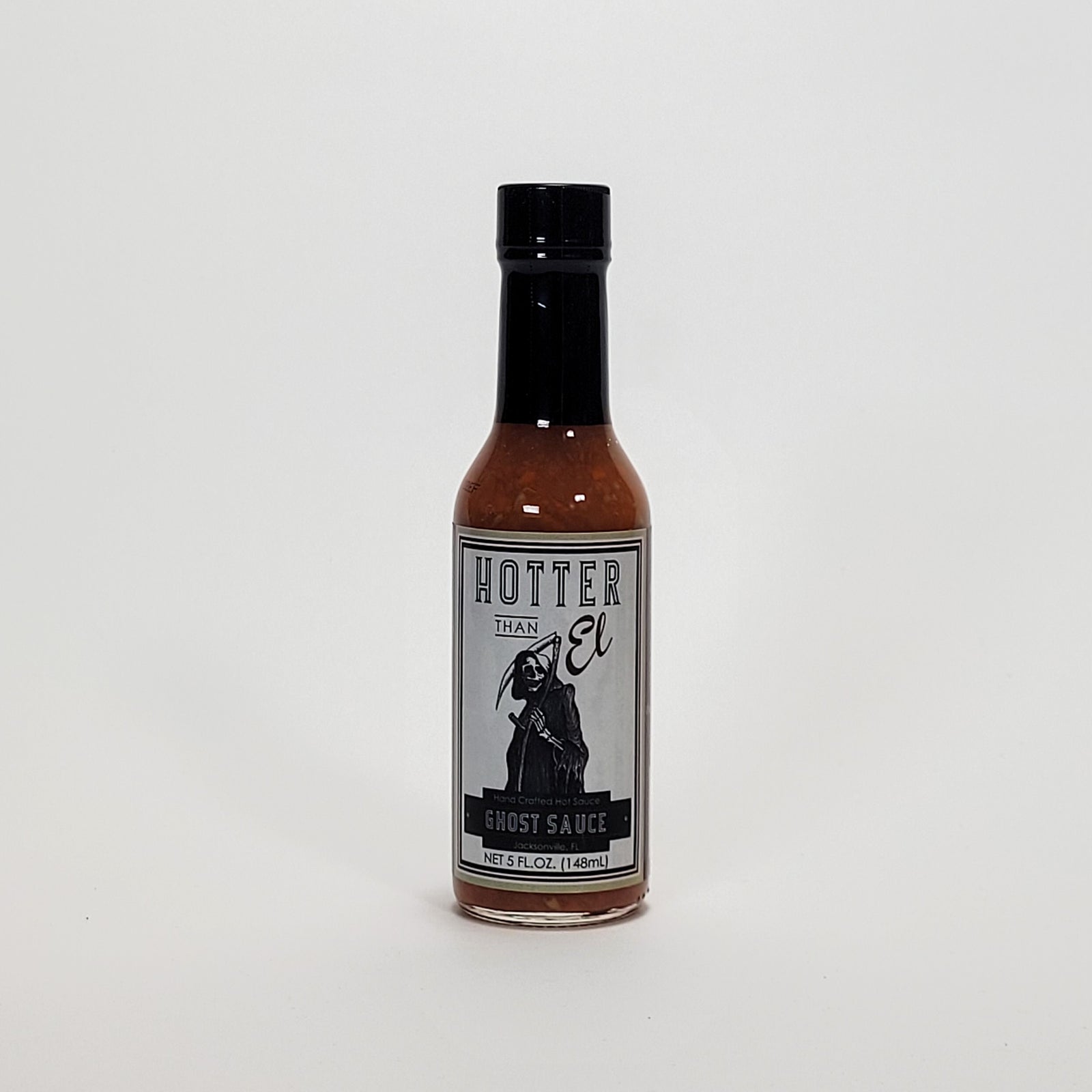
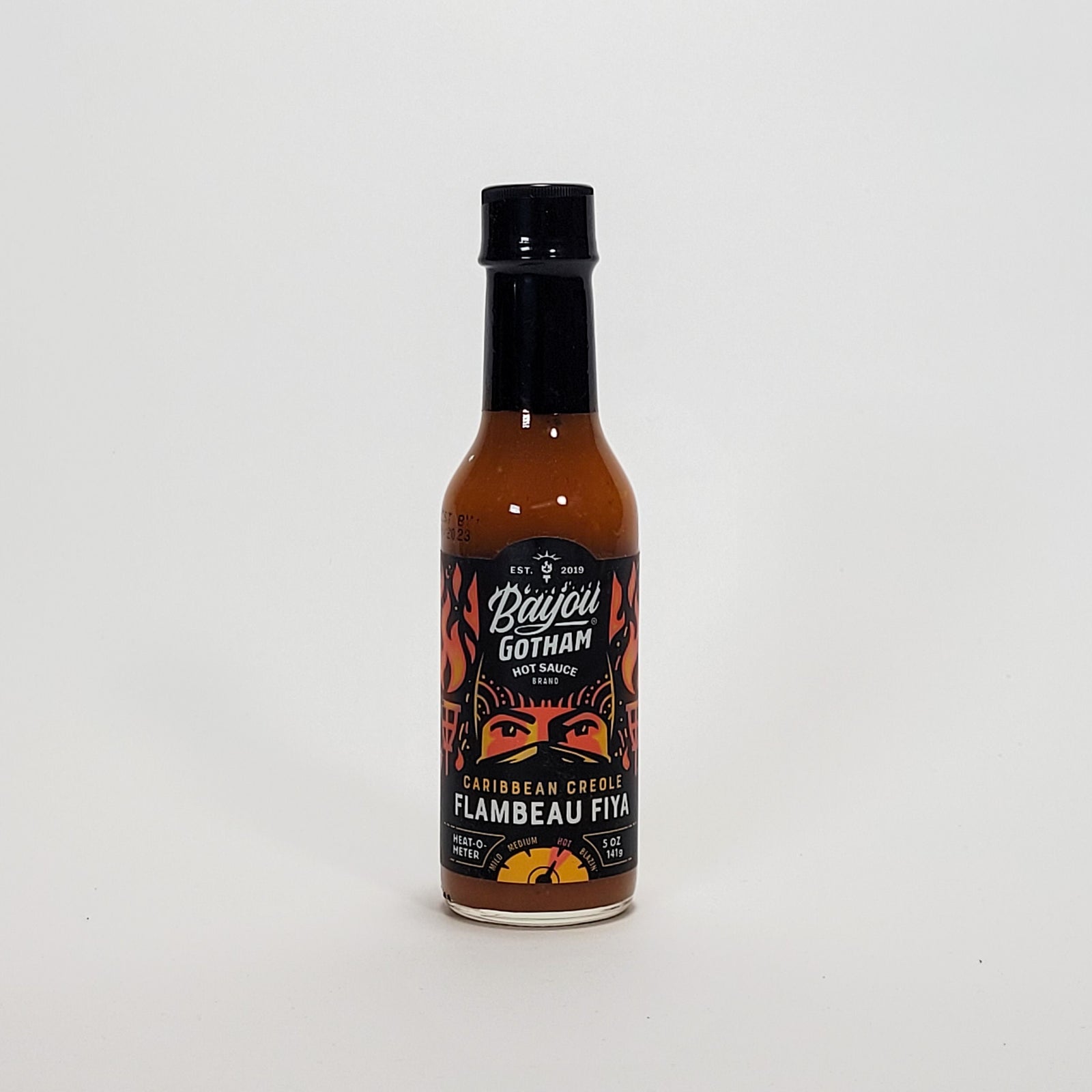
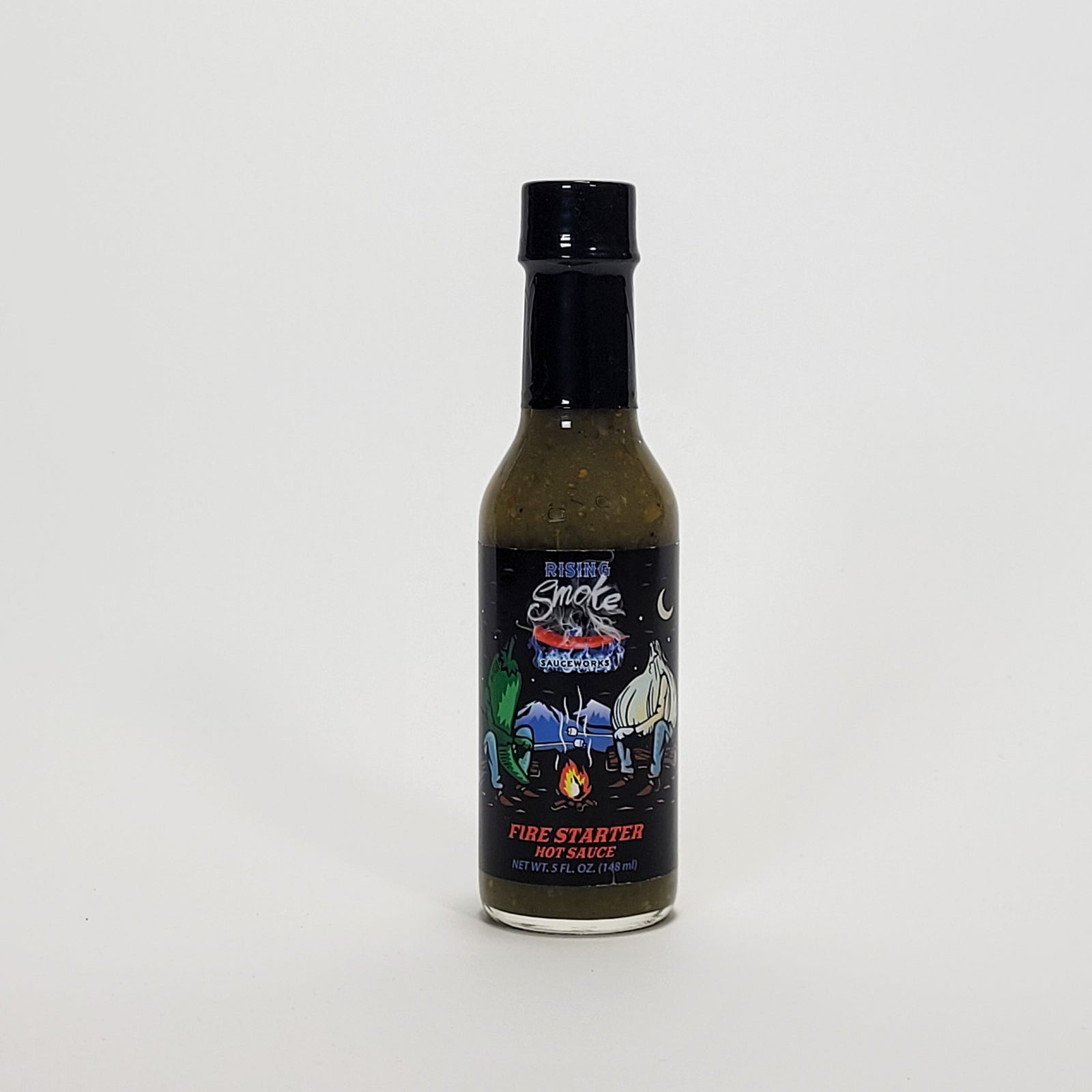
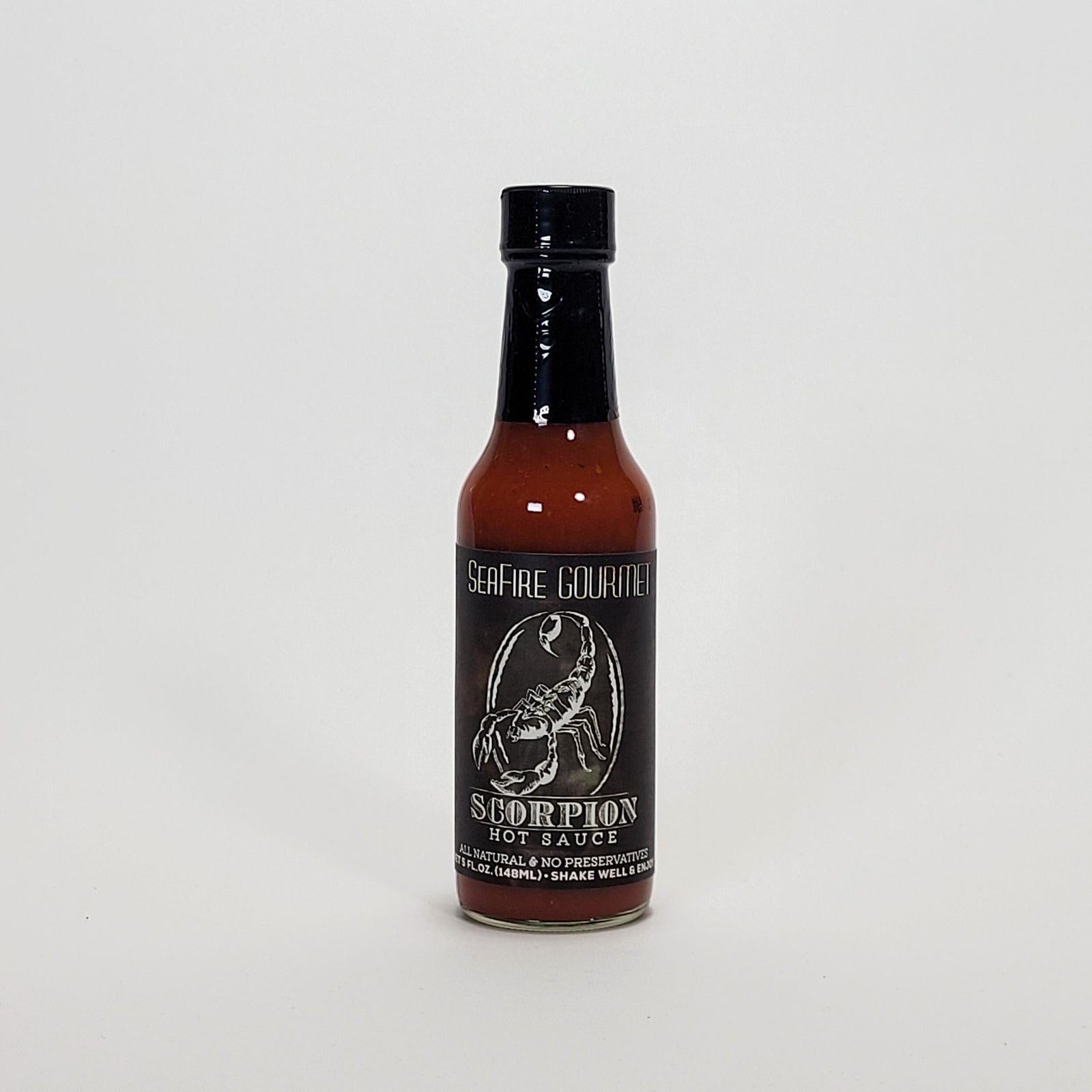
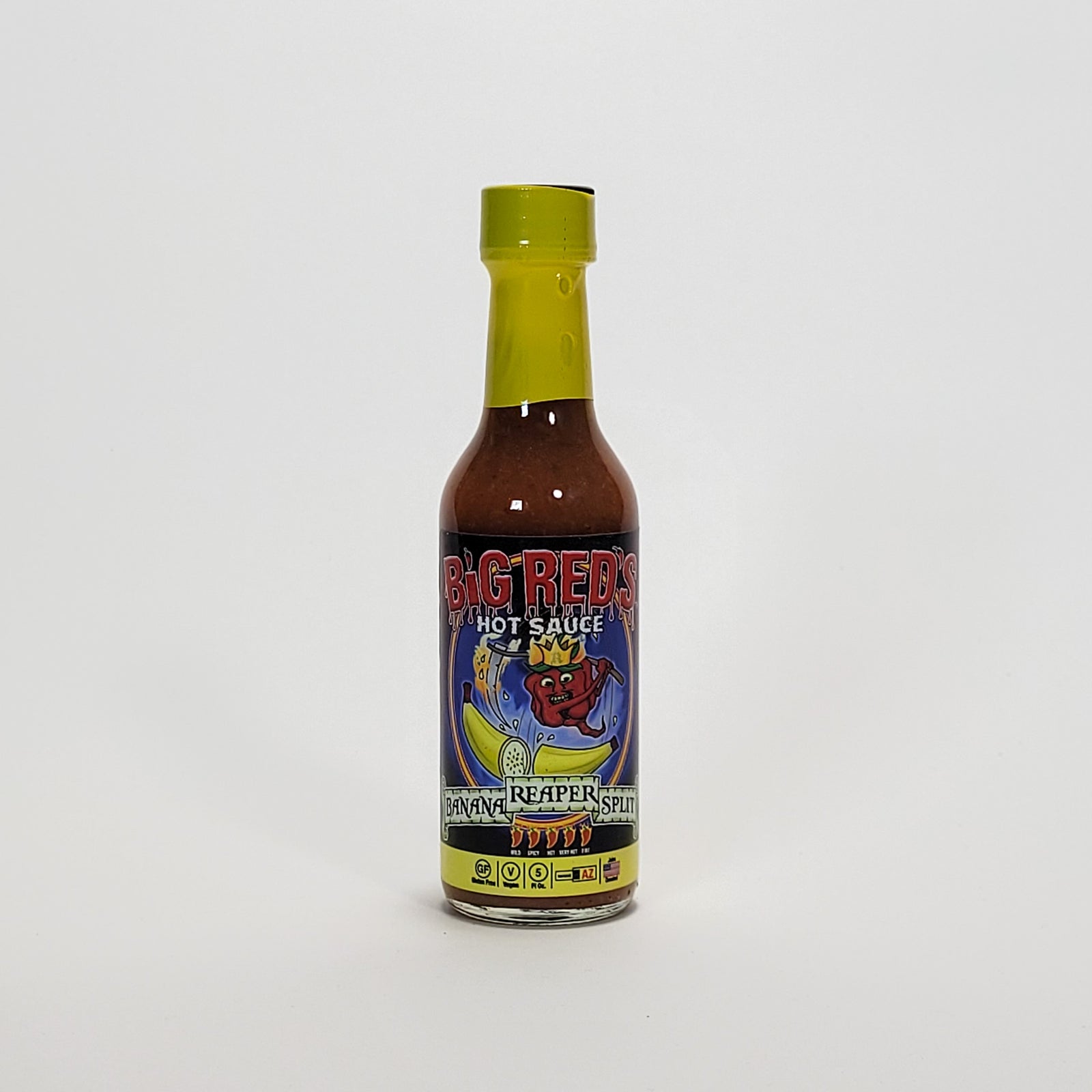


Leave a comment (all fields required)